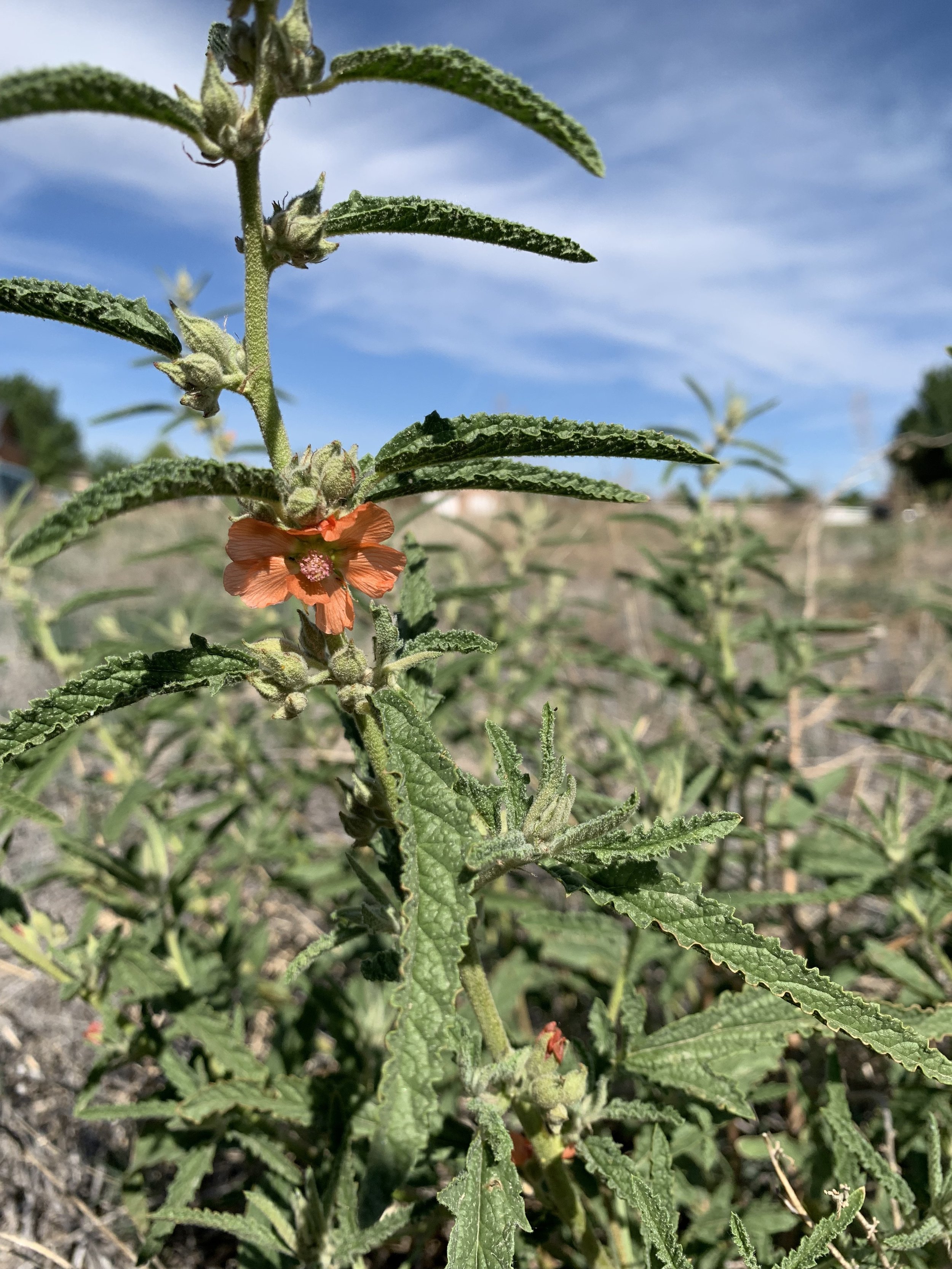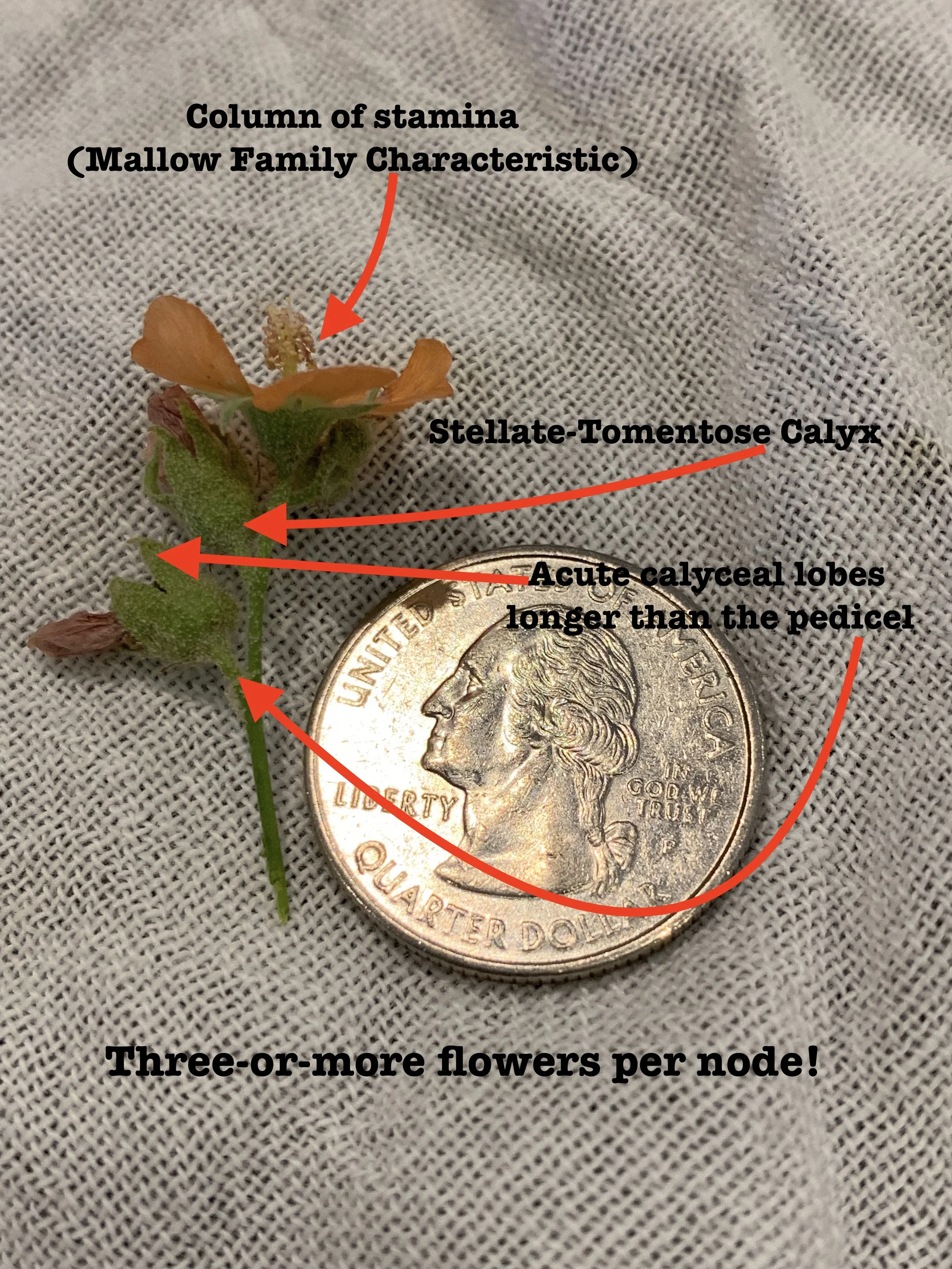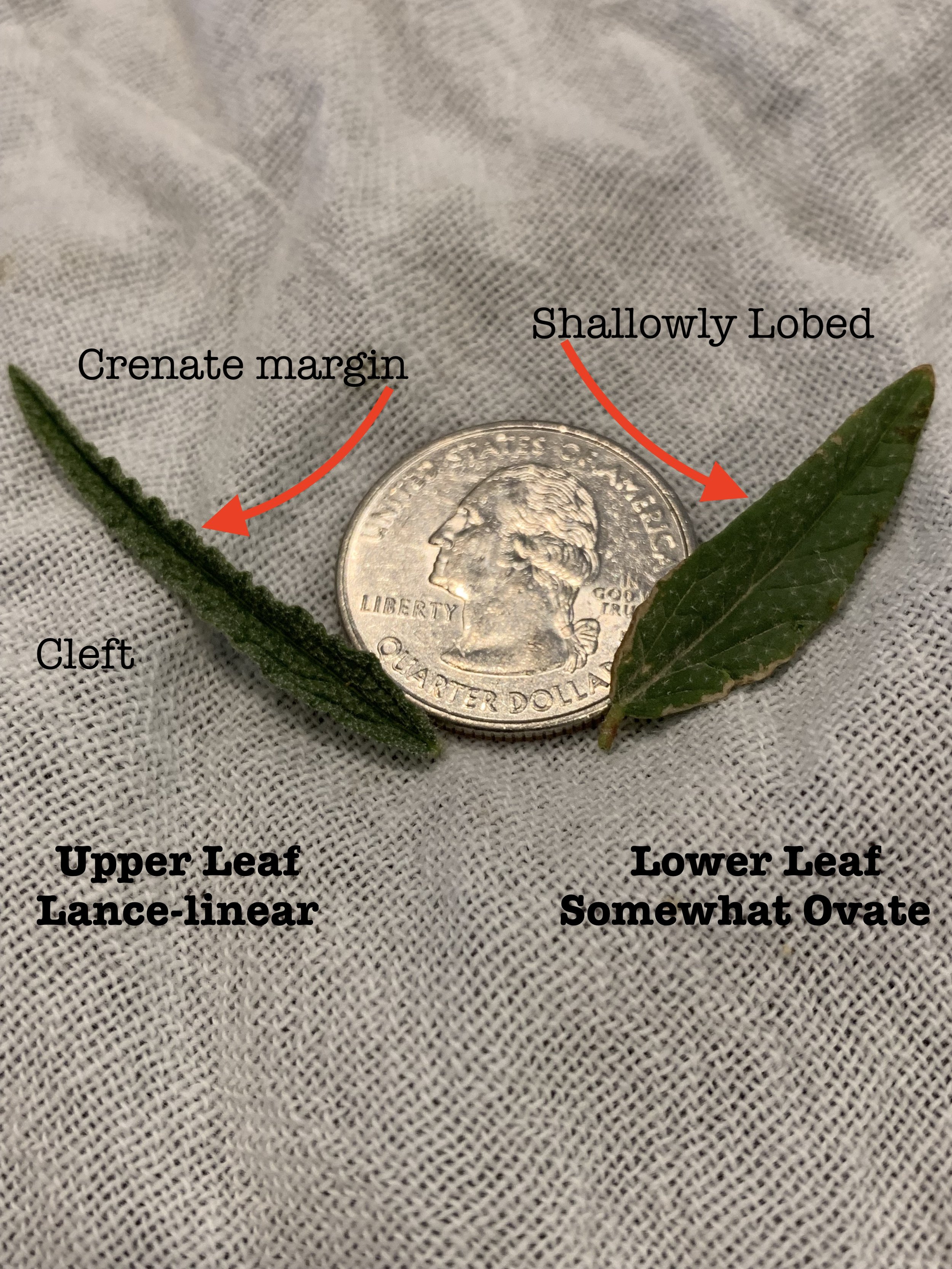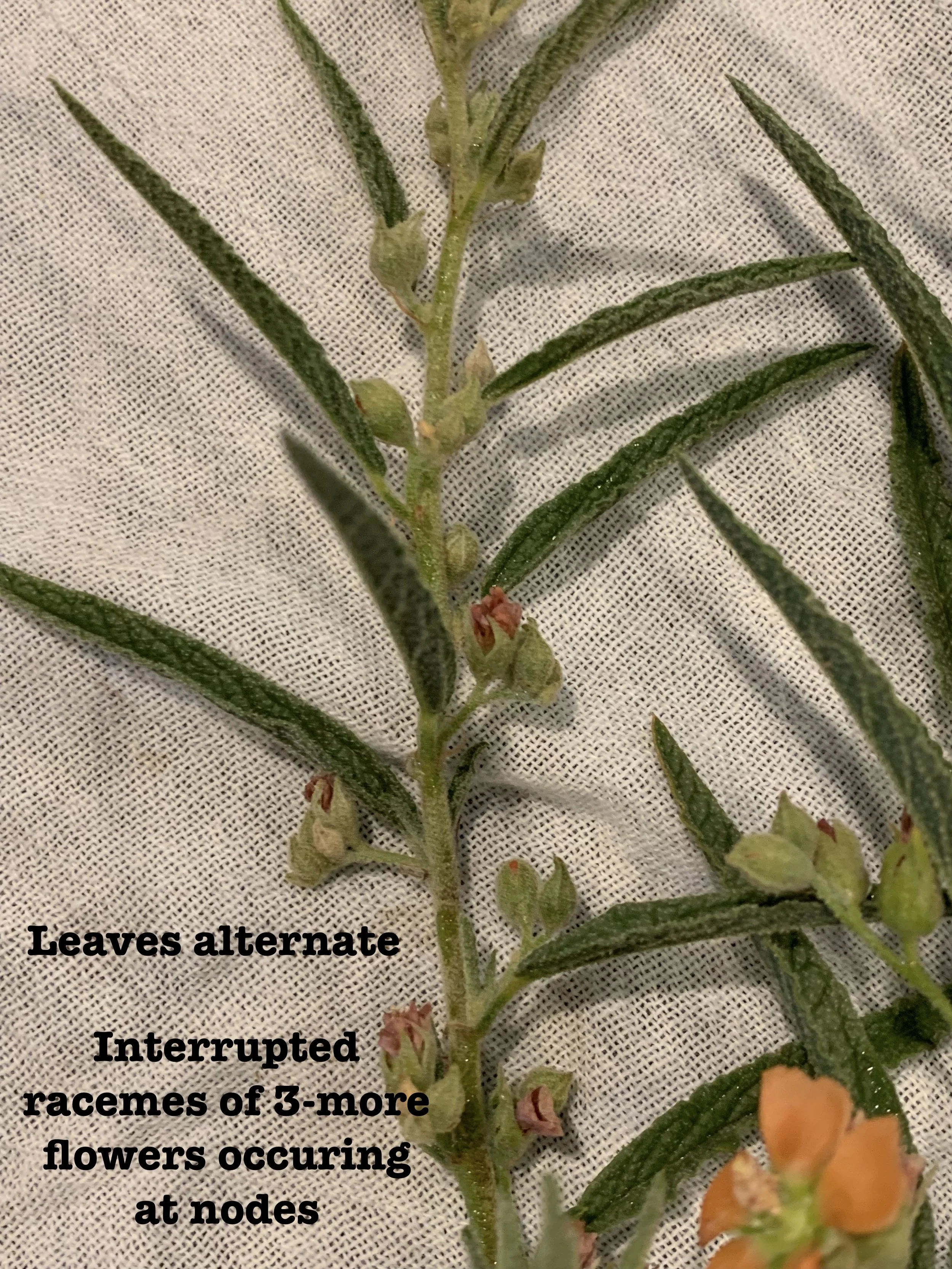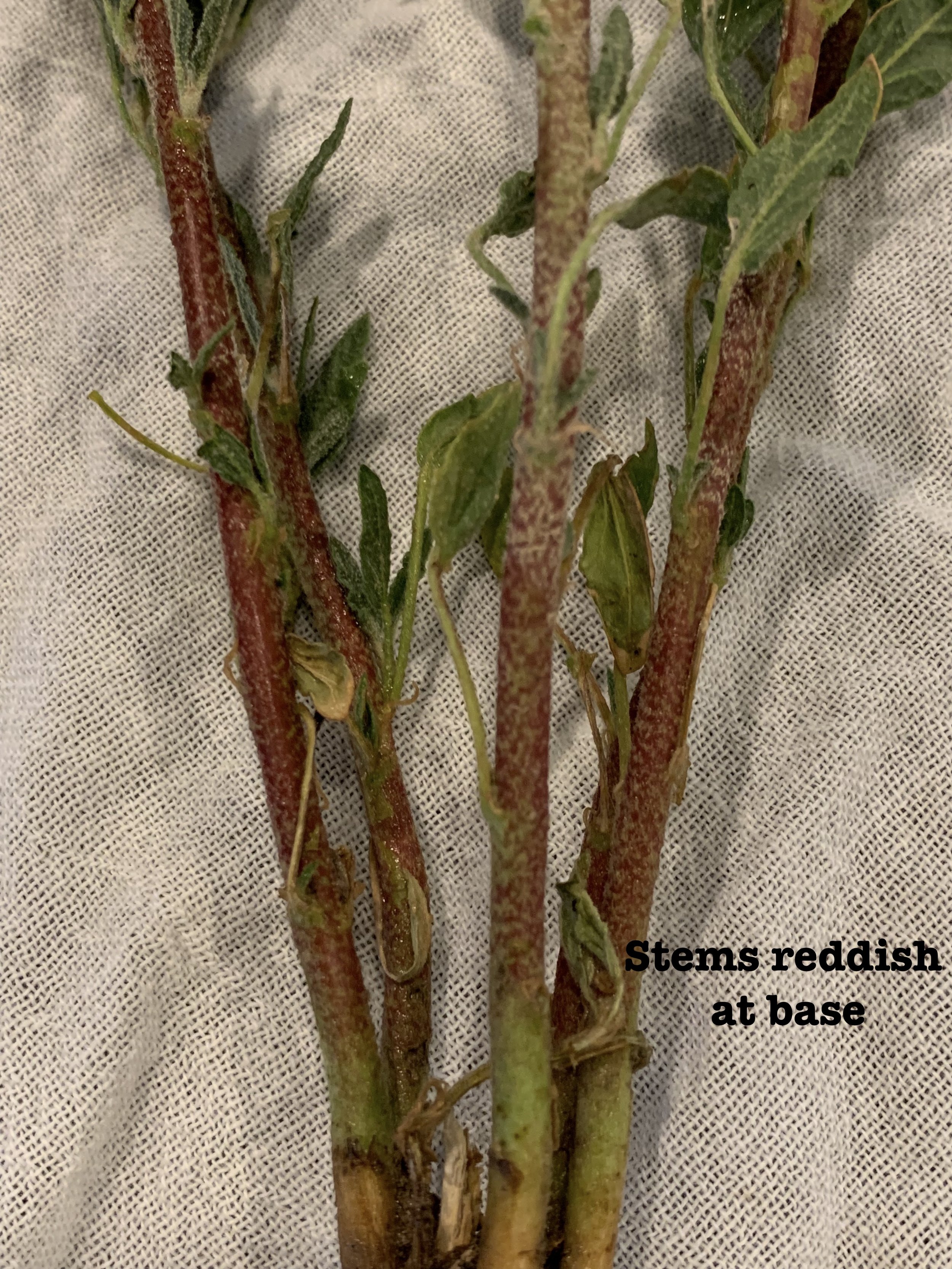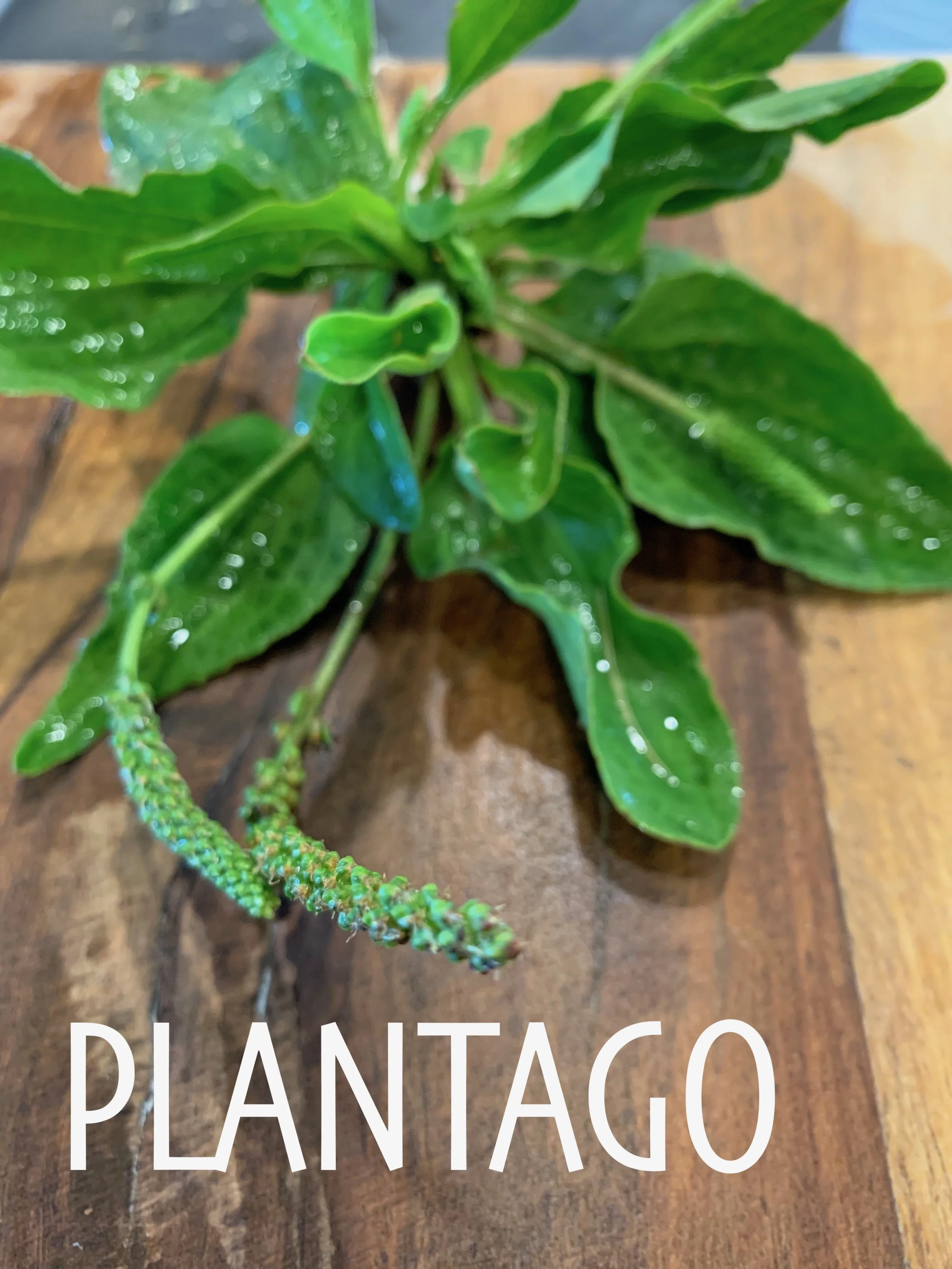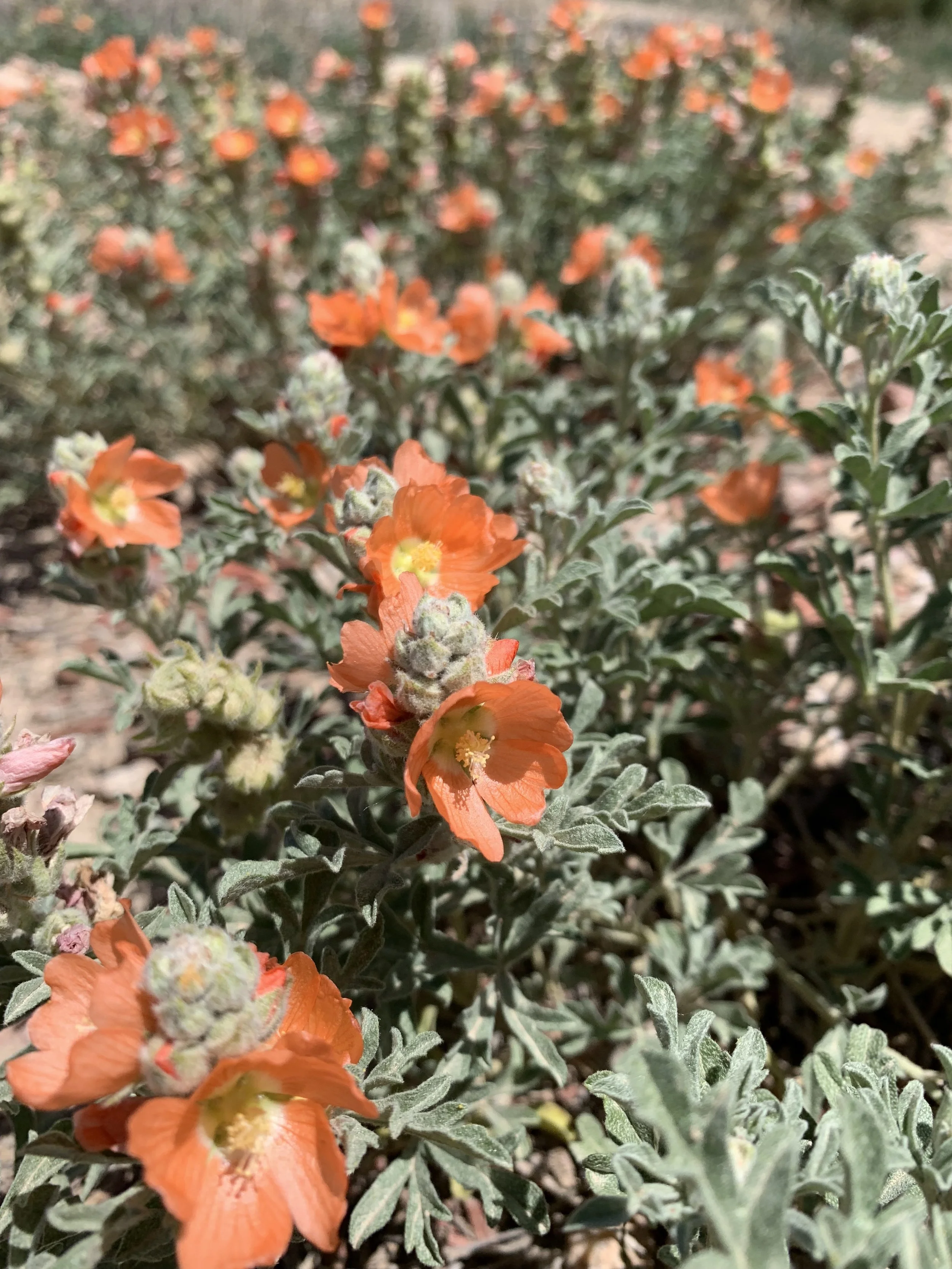Narrow-Leaf Globemallow: Another Southwestern Mallow
Sphaeralcea angustifolia
Image 1: Narrow-Leaf Globemallow. Photograph taken by Kevin D. Healey II
Synonyms — “ Phymosia cuspidata, Sida angustifolia subsp. cuspidata, S. angustifolia var. cuspidata, S. angustifolia var. lobata, S. angustifolia subsp. lobata, S. angustifolia var. oblongifolia, S. cuspidata, S. emoryi subsp. nevadensis, S. emoryi var. nevadensis. [1]”
Family — Malvaceae
Family Characteristics —
Aliases — Copper Globemallow; 'Azee'ntl'inflipaikiih {meaning: grey medicine whose roots are gummy} (NAVAJO); Yerba del Negro, Yerba Negrito (SPANISH).
Binomial Etymology— From Greek, Sphaera {meaning: sphere} and alcea {meaning: mallow} [2]. Angusti-, from Latin, means narrow, while, -folia, also from Latin, means “a leaf [3].”
Binomial Pronunciation: — sfeer-ALL-cee-uh an-gust-ih-FOL-ee-uh
Having recently covered the fairly expansive and epic story involving scarlet globemallow, I thought it might be of some interest to explore yet another mallow family plant in the genus, Sphaeralcea.
The story might be comparatively simple; for example, the Kiowa used the flowers to spruce up their homes because they are beautiful [7].
I get that.
Sometimes its best to relax, kick back, and get to know your low-drama neighbor.
Hey, pals! Welcome to the story of Sphaeralcea angustifolia:
The narrow-leaf globemallow.
Narrow-Leaf Globemallow Descriptio
Narrow-Leaf Globemallow Habitat
This plant occurs in the semi-arid southwest.
Image retrieved from the USDA website: here.
Narrow-Leaf Globemallow Culinary Uses
Seeds were once utilized as a food source by the NAVAJO [4]. The HOPI utilized the stems like chewing gum [5] [6].
Ethnobotany of Narrow-Leaf Globemallow
The TEWA used the dried and powdered root— reconstituted in water— as a face paint [4], however, I have tried this and it did not work. The reconstituted powder was really soothing to the skin though. It felt exactly like lotion.
The NAVAJO applied the macerated roots to sores to promote healing, and used an unspecified part of the plant to treat coughs and influenza [4]. The KERES used the root mucilage as a glue to affix feathers and cotton to their bodies during ceremonial dances [4]. The PIMA used a decoction of the leaves to treat diarrhea and a decoction of the root to treat gastric distress [4].
Closing
I’ll always begin by thanking my Patreon supporters! Thank you for your continued support and active encouragement through the trials of life.
If you would like to support this research for as little as five dollars a month, be sure to visit: https://www.patreon.com/pullupyourplants
Traveller. I’d like to confide in you that it is my only goal to string together stories between plants and people that are important to our human heritage. That said, I find it slightly uncomfortable when I find myself explaining the use of a plant that was primarily used by a single group sharing an ethnic or cultural identity. In this case, I’ve spoken almost exclusively about Native Americans.
It is not my goal to explain any culture of which I am not a member. It is my goal to learn with and from humanity at large. All I have at my fingertips is the historical record. With a spirit of humility, I would like to close with the invocation of Hanlon’s Razor:
“Never attribute to malice that which is adequately explained by ignorance.”
I welcome your valuable perspective.
Please comment with any corrections, observations, perspectives, or stories regarding scarlet globe mallow below. All of references are available upon request by emailing me here: pullupyourplants @ gmail.com
With Love,


